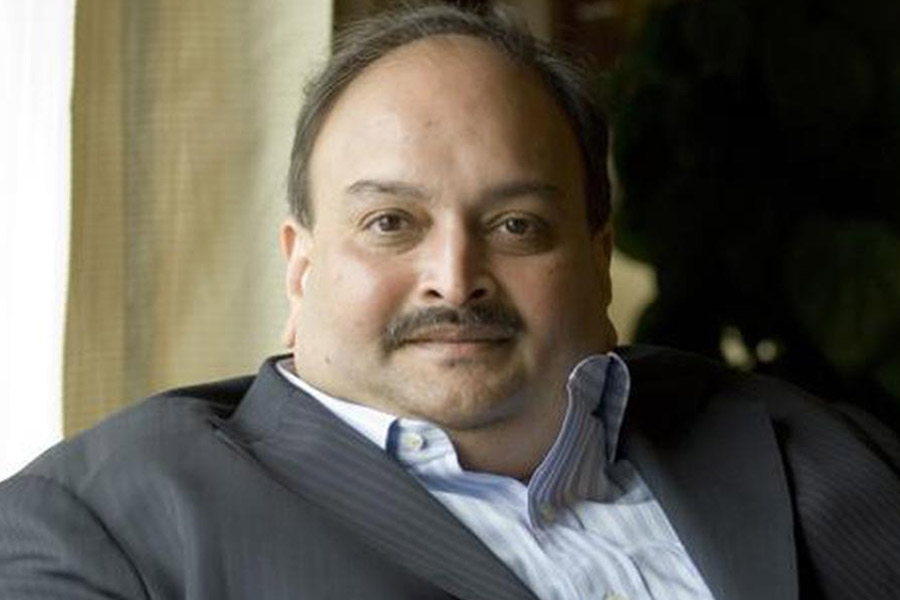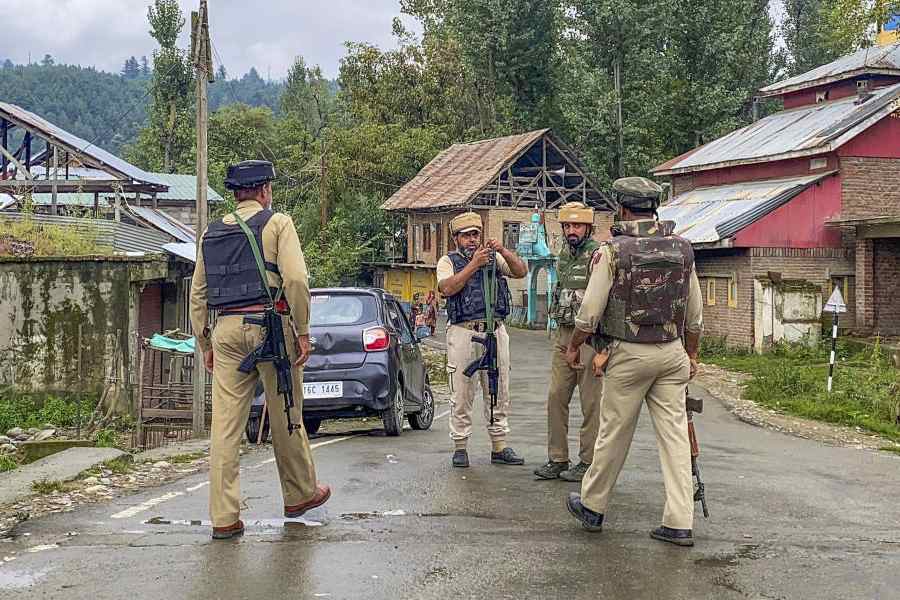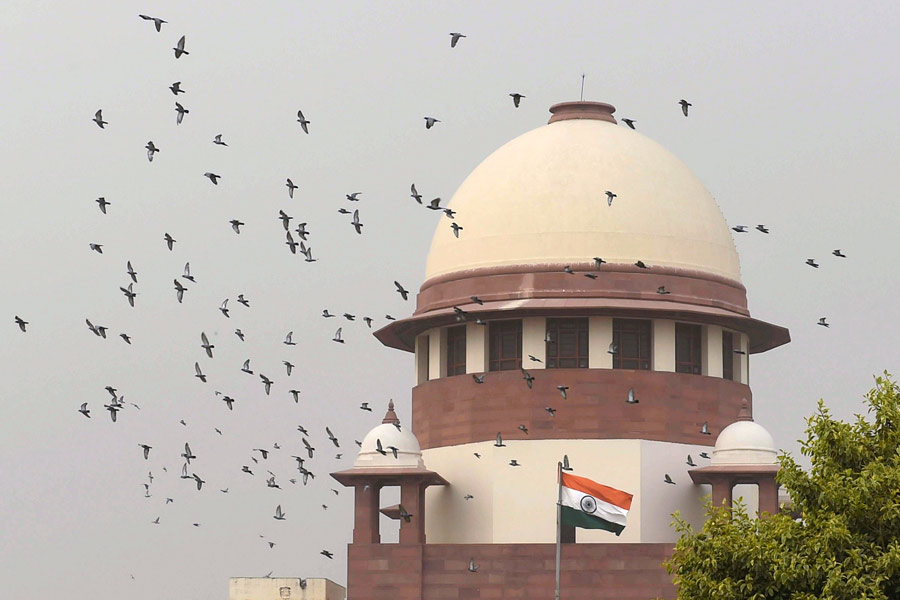 |
| IN CUSTODY: A woman gets being dragged off by policewomen during a protest. It is no longer necessary for policewomen to be present when women are being arrested |
The campaign is slowly snowballing. The assorted group of rights activists, lawyers, media persons and students from Mumbai are up in arms over a Supreme Court of India judgment that revokes the law prohibiting the arrest of women at night and in the absence of women constables. From end-December, they have been busy holding public meetings, circulating signature campaigns and online postings in Mumbai. Their concern: the new rulings could spark an increase in police violence against women. Their agenda: the SCI should review the revised law.
“Such ‘judgments’ gives the police yet another tool to use against women,” says an irate Meena Seshu, an activist with Samarthan, a women’s rights group working with sex workers in Maharashtra’s Sangli district. “The new ruling is not only regressive, it squarely erodes women’s rights.” The long-term repercussions of the judgement, feels Seshu, will go a long way in building an environment of fear and insecurity for women as they deal with the police.
On August 26, 1994, in a high-profile case of the Christian Community Welfare Council versus the State of Maharashtra, the Mumbai High Court (MHC) had ruled that no woman could be arrested in the absence of a woman police constable. The judgment further decreed that an arrest of a woman either before sunrise or after sunset, was unlawful. Rights activists had then applauded the landmark verdict. “It was a real tool to defend the rights of women against violence by the police,” comments Rebecca Gonsalvez, a criminal lawyer and member of the India Centre for Human Rights and Law, a body concerned with humanitarian laws in India.
The ruling had come in the wake of a shocking incident in June 1993. Ten policemen of Nagpur Crime Branch had caught a couple with two children. Jarina Adams and her husband were brutally beaten and if that was not enough, Jarina was molested. Fortunately, in this case, justice was done as the abusive police officers were sentenced for three years. The case was taken up by the Christian Community Welfare Council, which demanded protection for women from the men in uniform.
But on October 15, 2003, the SCI overruled the judgment of the MHC, following an appeal against the 1994 ruling by the State of Maharashtra. The new law states that a woman could be arrested at “any time of the day or night,” in spite of the absence of a female constable, if the arresting police officer is reasonably satisfied that the presence of one is not possible or necessary. It further elaborates that the arresting officer should not delay the arrest or impede the course of investigation in the event of a woman constable being unavailable.
According to India’s nodal crime documentation body — National Crime Records Bureau (NCRB) — in 2001, 144,608 women were arrested for cognisable crimes under the Indian Penal Code. According to their data, women constituted 5.4 per cent of total arrests, with Himachal Pradesh, Maharashtra and Tamil Nadu recording the highest numbers.
“This law has done nothing but unleash a fear in women — a fear of undue harassment in the custody of the law,” says Hasina Khan, lawyer and head of Aawz-e-Niswan, which strongly opposes the law (it has incidentally built up a national coalition against Muslim personal laws). She points how the SCI ruling opens up for scrutiny the gap between the number of male and female personnel in the country’s police force. According to NCRB, in 2001 women comprised one per cent of the armed police. Their data proves that the ratio of female to male civil police personnel in India still stood at a dismal 1:48. Of the 26 Indian states, 19 boast less than 1000 women in the civil police force.
A major campaign has unfolded across the country via internet. Beside, the activists have also launched a special drive in colleges, where students are being sensitised through talks. A large number of men and women have also come together and signed a petition against the law. Seshu feels the only way to fight such verdicts is to educate women about their rights. “Many women are not even aware of their rights and what’s happening around them,” she says. “So we are reaching out to women in groups in every state and district.
“We know by experience that poor women, especially sex workers, routinely get picked up at night. We used the earlier judgment as a framework to sensitise the police. We told them they could arrest women only within the framework of the rights made available to them by the judiciary. But that they could not pull women by their hair and take them away at midnight.”
Gonsalvez agrees, “While sex-specific statistics of custodial violence are not available, we know for a fact that women are doubly discriminated against and doubly vulnerable before the police.”
A case in point is that of Mumbai chain-snatcher, Fatima, who was arrested for petty crime by a police officer in October 2003. Fatima was beaten up and raped in the police station for several hours and finally died. At the various public meetings, all these and much more are being thrashed out. Surprisingly (or perhaps not) lots of young people are joining in enthusiastically in the campaign to protect women under custody.
The civil society groups and lawyers are now getting ready to send in their recommendations to national bodies, like the National Human Rights Commission, the National Commission for Women, and the Chief Justice of the Supreme Court. The recommendations urge them to review the judgment, and make the presence of women constables mandatory throughout the interrogation process. “We will begin talking with women’s groups in every state and district now,” asserts Seshu.










